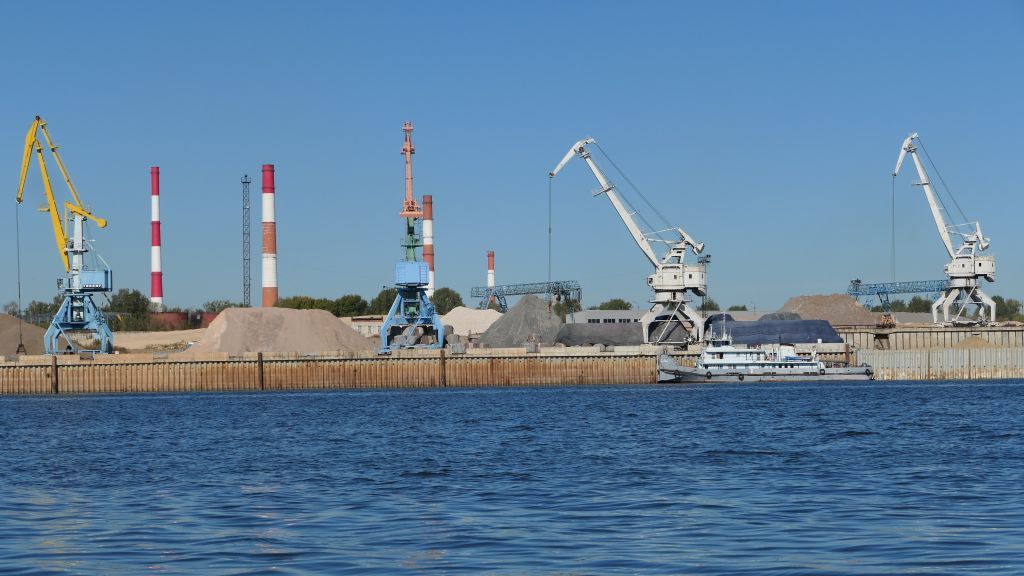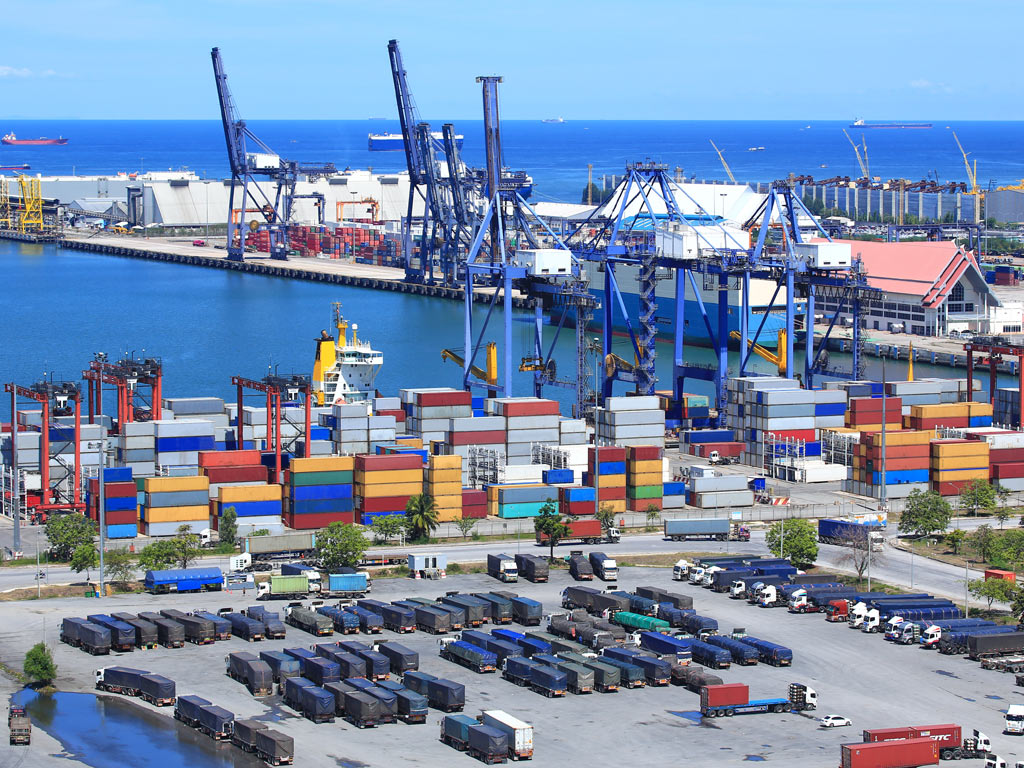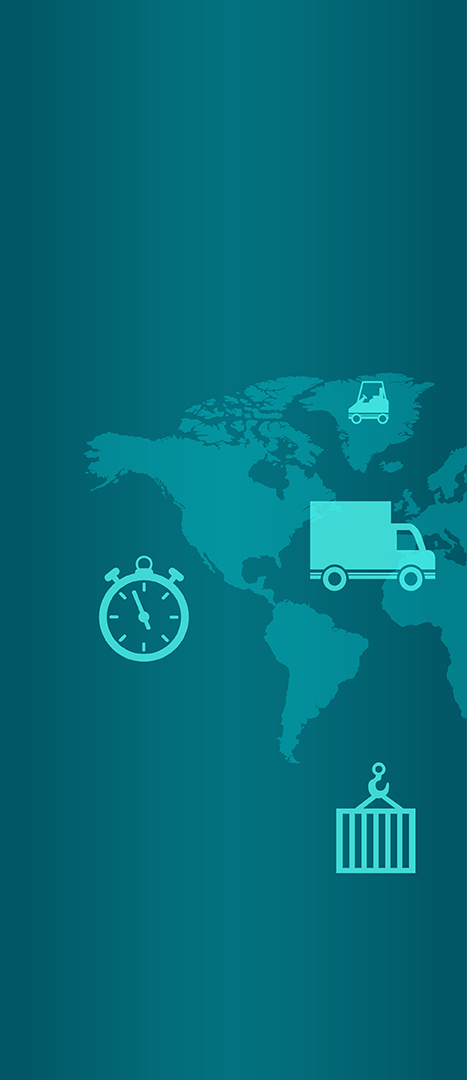From a pier to a modern port - Port of Brčko untapped potential, the goal of transshipment of 500,000 tons per year

The last modernization of the only international port in Bosnia and Herzegovina, located on the Sava River in Brčko, began two and a half years ago, costing around EUR 13 million, and one of the phases was the procurement of a modern crane with a capacity of 27 tons.
- I am satisfied with the quality of the performed works, we got a new functional platform with an area of 8,000 m2, a new crane with a capacity of 27 tons, a new bin for bulk cargo with a capacity of 150 tons, about 4 kilometers of new railway and 2 kilometers of access road. Equally important as this investment is the cleaning of the waterway of the Sava River, as well as the reconstruction of the existing bridge and the construction of a new bridge between Brčko and Gunja - Perica Josić, director of JP Luka Brčko, pointed out for eKapija.
This port has been operating at a reduced capacity for years, and the performance of work was hampered by obsolete equipment that was bought 50 years ago. Now with the completed modernization, a window for positive changes is opening, although many other factors also affect business.
- The new crane is in operation and the transshipment with it has started. Also in operation is the basket for bulk cargo that was purchased as part of the contract for the crane - Josić points out for eKapija and adds that business projections are unfortunately not good due to the fact that the Port is on the market and it is, in a way, a service for economic entities that exist in the region.
- We are witnessing a decrease in economic activity, the main clients of ArcelorMittal Zenica and Sisecam Soda, and even the cement plant Lukavac use our services less. At the moment, the Port derives its largest income from the customs terminal, with the fact that since 2019, when the bridge between Brčko and Gunja was closed for freight traffic, we have less income by 500,000 KM per year - Josić says.
As he tells us, they have about 40,000 tons of transshipment annually, and with the completion of the project and the construction of the infrastructure, they hope that this amount will be significantly higher.
- In 5 years, our goal is to reach 500,000 tons of transshipment per year - Josić points out.
Better for the environment, but also for the finances

- Navigability is a huge problem for us and it has to be solved at the state level, and I hope that the EU will allocate funds, considering that the EU directives are to connect the Western Balkans by river as best as possible, as well as to transfer as much cargo as possible from the road on the river because of less pollution - says Josić and adds that water transport is certainly the cheapest.
- The largest quantities of transport can be transported that way, it is the least polluting, the safest. One barge has a carrying capacity of 1,000 tons, for which you need 50 trucks, and for that you need 50 drivers, while one self-propelled barge is driven by a captain and 4 crew members.
Among the most important upcoming projects in order to improve and better utilize the potential of the Port, Josić points out that they are the preventive cleaning of the Sava River bed, then the electrification of the railroad, the construction of bridges and the construction of highways.
Years of development and stagnationBrčko was mentioned for the first time in 1534 as a Captaincy in Gračanički Kadiluk, Tuzlanska Nahija, Zvornica Vilaje. At that time, Brčko was the only crossing point across the Sava River, which was carried out by scaffolding. Traders would come from Dubrovnik and Herzegovina on horses and donkeys and cross the Sava by scaffolding. Since that time, rafting has been carried out for the needs of industry (logs), and from the 16th century, the so-called navigation began. horse-drawn carriages with sleighs (upstream would be pulled along the left bank of the Sava by horse and ox carts, and downstream would be boats with anchors).
In the second half of the 17th century, navigation by steamboats and ships began.

Reorganization took place in 1991, since when it has been operating again as an independent company under the name AD Luka Brčko. During the war on the territory of the former SFR Yugoslavia (1991-1995), and five years later, due to the unresolved interstate status of the Sava River, navigation was suspended and no transshipment activities were carried out. With the donation of the Italian Government in 2001, the main transshipment machinery - gantry cranes - was restored and put back into operation, which once again created the conditions for the active participation of the Brčko Port in the transport system of BiH.
The Port of Brčko has category IV navigability, an average navigation period of 260 days per year and the economy of the gravity area predetermined the importance of the Port in relation to upstream ports.
Through the Brčko Port, it is possible to achieve direct goods flows on the Sava River with the Danube ports of Western and Eastern Europe, as well as with ports on the North and Black Seas. It is connected with the European railway network by the Tuzla-Vinkovci road (permitted axle load 18 t). In the immediate vicinity of the port is the main road M14.1. A good connection with land transport routes opens up the possibility for the establishment of transit goods flows, as well as flows whose destination is in the narrower gravity area of the Port of Brčko.
S.T.

Click here to see the entire Special Edition Newsletter
"Transport and logistics - Ready to move the impossible?"
































